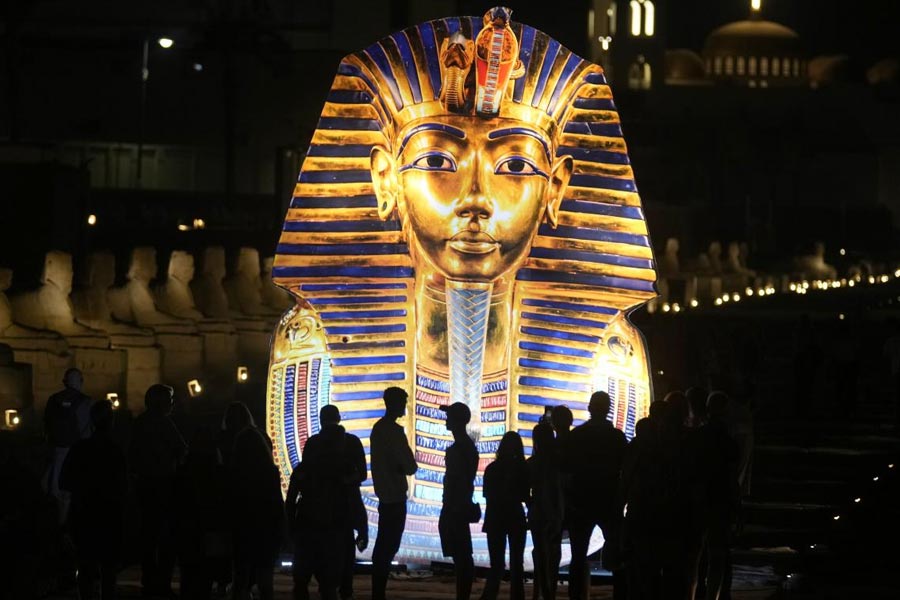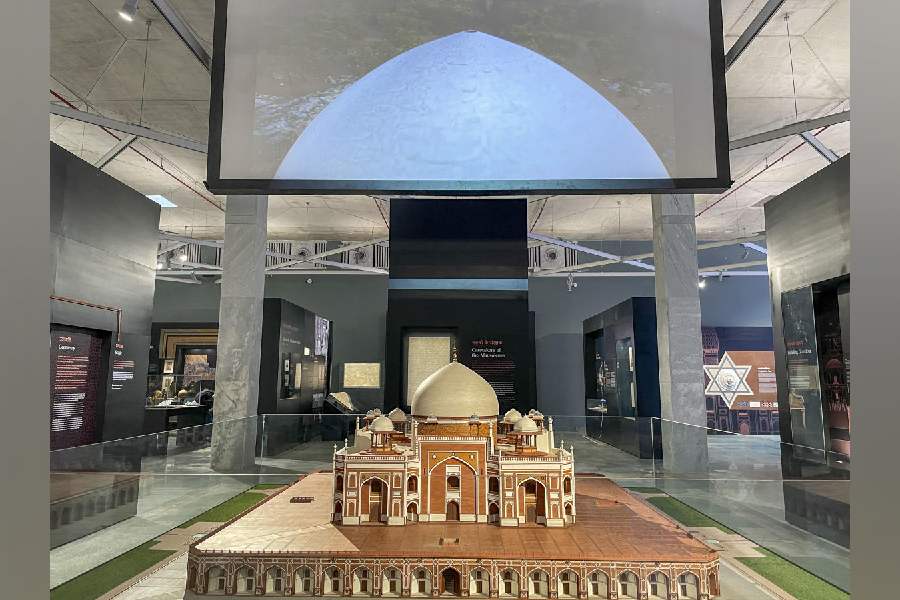Archeologists from Egypt and the United States unearthed an ancient tomb with 11 sealed burials near the famed city of Luxor, Egyptian authorities said.
Egypt's Tourism and Antiquities Ministry said in a statement Friday the tomb, which dates back to the Middle Kingdom (1938 B.C.-1630 B.C.), was found in the South Asasif necropolis, next to the Temple of Hatshepsut on the Nile's West Bank in Luxor.
The joint Egyptian-American mission excavating the necropolis found coffins for men, women and children, suggesting that it was a family tomb used for generations during the 12th Dynasty and the beginning of the 13th Dynasty, said Mohamed Ismail Khaled, Secretary-General of the Supreme Council of Antiquities in Egypt.
He said ancient floods destroyed most of the burials' wooden coffins and linen wrappings.
However, some items such as jewellery in women's burials were found intact, including a finely crafted necklace with 30 amethyst beads and two cylindrical agate beads framing a hippo-head amulet, according to the statement.
Catherine Blakeney, chief American archeologist with the mission, said they found two copper mirrors, one with a lotus-shaped handle, and the second with a unique design of Hathor, goddess of the sky, women, fertility and love in ancient Egypt.
The discovery came as Egypt has doubled efforts to attract more tourists, a significant source of foreign currency for the cash-strapped North African country. Tourism, which depends heavily on Egypt's rich Pharaonic artifacts, suffered a long downturn after the political turmoil and violence that followed a 2011 uprising.
Last month, the Grand Egyptian Museum, a mega project near the famed Giza Pyramids, opened 12 halls exhibiting Pharaonic artifacts for visitors as a trial ahead of the yet-unannounced official opening.












